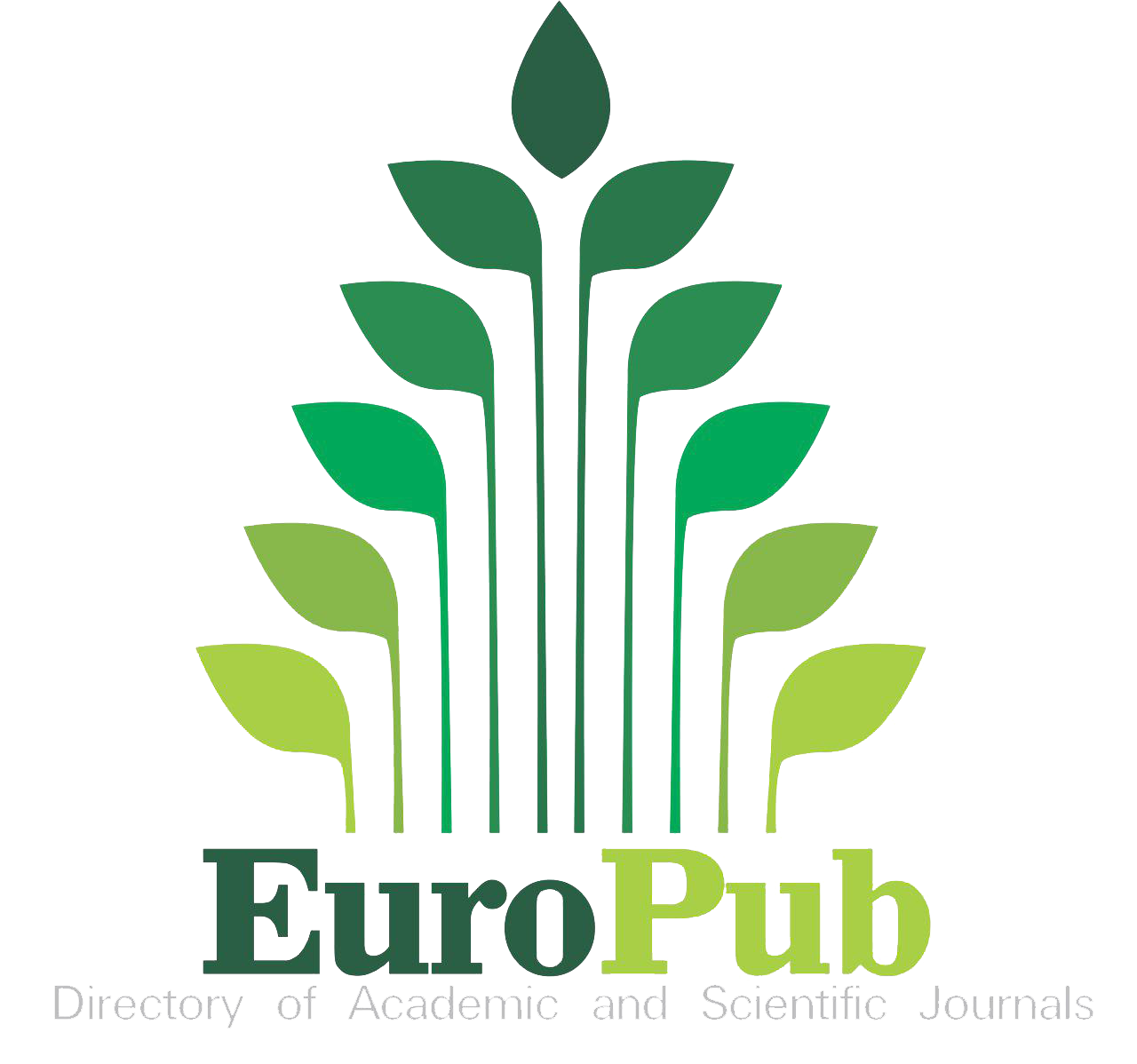Assessment of Indigenous Medicinal Plants Used to Cure Common Illnesses in the Community: Basis for Conservation and Domestication
DOI:
https://doi.org/10.54536/ajmri.v3i6.3784Keywords:
Common Illnesses, Indigenous, MedicinalAbstract
There is a lack of necessary medications during emergencies. In a post-disaster scenario, readily available remedies like herbs function as an alternative medicine to react swiftly. To meet these demands and the needs of rural residents who utilize wild-crafted herbs as a staple therapy for a range of ailments in their community, a thorough investigation was carried out. Because people are unaware of their use, the presence and quantity of these plants swiftly decline. This study aims to evaluate the locally grown medicinal plants in Pilar, Capiz. Primary data came from seventy-two key informants. Secondary data were acquired by means of a field survey employing the transect walk approach and the visual encountered method. Plants were gathered from backyard and roadside gardens. The primary informants made the identification on the spot, and it was confirmed by documents that had been released. Sambong, lagundi, yerba Buena, malunggay, tawa-tawa, luya, alusiman, atis, bayabas, bunga, kataka-taka, bunga, kugon, makabuhay, oregano, taglad, and tuba are the sixteen species of herbal plants that have been identified. It was customary to use leaves to treat cuts and wounds. There was the most tawa-tawa. Oregano, kataka, and bayabas were the most often used herbs, with a Use-Value Index of 0.99 and the greatest fidelity level of 99%.
Downloads
References
Fiscal, R. (2017). Retrieve Feb 6, 2018. Ethnomedicial Plants Used by Traditional Healers in Laguna, Philippines. Laguna State Polytechnic University, Laguna, Philippines. Asia Pacific Journal on Multidisciplinary Research, 5(4).
Gruyal, G. A., Del Rosario, R., & Palmes, N. (2014). . Ethnomedicinal Plants Used by Residents in Northern Surigao del Sur, Philippines. Mindanao University of Science and Technology. Natural Products Chemistry & Research, 2(4). https://doi.org/10.4172/2329-6836.1000140
Nuneza, O., Rodriguez, B., & Nasiad, J. G. (2021). Ethnobotanical survey of medicinal plants used by the Mamanwa tribe of Surigao del Norte and Agusan del Norte, Mindanao, Philippines. Biodiversitas Journal of Biological Diversity, 22(6). https://doi.org/10.13057/biodiv/d220634.
Saro, J., Daguio, J., Bayotas, R., Gomez, R., Capio, A., Mercader, D., Idpalina, E., & Nilo, G. (2022). Indigenous plants: an ethnobotanical herbal medicinal plants used by local inhabitants of barangay berseba, bayugan city, agusan del sur, philippines. International Journal of Current Research, 14, 22059-22063. https://doi.org/10.24941/ijcr.43890.08.2022.
Downloads
Published
How to Cite
Issue
Section
License
Copyright (c) 2024 Philomel Innocent P. Obligar, Eric Esteban B. Contreras, Elizabeth C. Dayal

This work is licensed under a Creative Commons Attribution 4.0 International License.







